Patch Notes for All Platforms: Patch 15 on PC, Xbox, and Playstation, and Patch 4 on Nintendo Switch6/10/2024
We have a patch for Outer Wilds and Echoes of the Eye now available on PC, Playstation, Xbox, and Nintendo Switch! This patch addresses some feedback on the UI updates we introduced in Patch 14, needing to use your mouse to close the gamma calibration screen, and some other bug fixes. Today’s patch on Nintendo Switch brings a lot of fixes to visuals across the game, some performance improvements, fixes some community reported bugs, and adds some features found in Patch 15 on other platforms. This is our last major patch planned for Nintendo Switch. If you run into issues, please check out our support page here to fill out a bug report or find troubleshooting tips. New Feature: X-axis invert Move and Camera Look Due to some very impassioned emails we’ve added a long requested feature: inverting the Move and Camera Look on the x-axis (horizontal). We hope all 18 of you, and Jeff, enjoy your topsy-turvy world. Patch 1.1.15 Changes (PC, Xbox, Playstation):Gameplay
Art & Visuals
UI
Text & Localization
PC Only
Nintendo Switch Patch 4 ChangesArt & Visuals
Gameplay
Tech
Text & Localization
UI
That’s the End of This UpdateAs we said last time, there are no more major updates planned for Outer Wilds or Echoes of the Eye because we are moving on to new projects. There might be smaller updates, like this one, as we have time, but we cannot guarantee more updates. Regardless, you can report any issues via our support page.
Thanks for your support and keep exploring! Mobius We’re kicking off the new year with a patch on Switch! It includes many visual improvements, and improvements to gameplay and stability. Patch 1 Changes:Gameplay
That’s the End of This UpdateIf you run into any bugs or technical issues on Switch, you can get troubleshooting tips and submit bug reports on our Support page.
As always, thanks to our lovely community for their all support! We always love to see the hype and guidance you all share with our new recruits. Happy flying to the newest members of Outer Wilds Ventures! Cheers, Mobius X/Twitter Dust off your space suit and hug a pine tree, because Outer Wilds has officially launched on Nintendo Switch! We squeezed an entire solar system onto a little handheld, so now you can bring it with you to play next to the campfire. ::)
Here’s the link to the Nintendo E-Shop, where you can buy the Archeologist’s Edition (Outer Wilds + Echoes of the Eye): https://www.nintendo.com/us/store/products/outer-wilds-archaeologist-edition-switch/ If you prefer, you can choose to buy just the base game and add on Echoes of the Eye later (link). There will also be a physical version coming out in 2024, so keep all your eyes peeled for that announcement! This was no small feat of Hearthian engineering, and it took many time loops of work. There was a lot of optimism when we announced our original launch date. However, Outer Wilds is more complicated than it appears from high orbit. We delayed launch when it became clear more work was needed, and when we decided to ship the expansion, Echoes of the Eye, alongside the base game on Nintendo Switch. Two and a half years later, we feel the Nintendo Switch version is finally ready to go out into the world. We're also committed to continual support and improvement for the Switch version, so please look forward to patches coming very soon. We’re very thankful to our friends at the campfire, Unity Professional Services, for all their hard work on the Nintendo Switch version. Without their determination and ingenuity, this would not have been possible. To all Switch-only gamers waiting for this day, we appreciate your patience. And to all our existing fans, thank you for continuing to share your experiences in the Wilds. At long last, welcome to the Space Program, and happy exploring! Cheers, Mobius Digital Outer Wilds and Echoes of the Eye Patch 13 is now available! This is our final planned major patch, so we’ve filled it with lots of polish, bug fixes, and some new features on all platforms. Any future patches will be smaller and focused on specific areas, features, or major bugs. Patch 1.1.13 Changes: Gameplay
Art & Visuals
Tech
Text & Localization
PC Only Changes
That’s the End of This Update
Thank you all for your bug reports and kind messages! We have updated our support page with solutions and workarounds to some remaining issues. As always, you can reach us via email to report any issues. Thanks for your support and keep exploring! Mobius Outer Wilds is now available on PS5 and Xbox Series X|S! These ports use next-gen powers to allow spacefaring at 4k 60fps. Note that the release may roll out unevenly, so there might be slight delays getting the download onto your console. These ports are technically upgrades. We’ll dive into some common questions about what that means below. FAQ’s: Wasn’t Outer Wilds already out on PS5 and Xbox Series X|S?
How to update the game on PS5: If you have the PS4 version of Outer Wilds already downloaded on PS5: If you own Outer Wilds but the PS4 version isn’t downloaded on your PS5: That’s the End of This Update
Whether you’ve been around the solar system or have yet to lift off, we hope you enjoy exploring on the PS5 and Xbox Series X|S! Though these consoles are new and shiny, we promise the ship is still held together with good old duct tape and tree sap. As always, you can reach us via email to report any issues. Thanks for your support and keep exploring! Mobius We are constantly amazed by all the wild and wonderful fan art made by the Outer Wilds community. However, we’ve also been struggling to keep up with requests to review or give permission for use of Mobius Digital IP. In response, we decided that we too should become a cool, hip game studio with a fan art policy.
We want this policy to enable you all to continue to make Outer Wilds and other Mobius Digital related fan works. We spent a lot of time crafting it, reviewing other studio policies, and incorporating feedback from our legal team. However, we want to make sure this policy and FAQ are clear and answer the most common questions, so if you have questions or feedback, please let us know! Either by commenting on this blog post or emailing us at [email protected]. We’re a small team, so won’t be able to respond to every message, but we’ll do our best! Read our Fan Content Policy here. Thank you again – from the bottom of our hearts – for being such a great community of creative, curious, and wonderful people. Cheers, Mobius We chat with creative director Alex Beachum about how design is being adjusted now that we're so deep into production!
SO WE’RE NEARING THE POINT WHERE ALL THE LOCATIONS IN THE GAME HAVE BEEN DESIGNED. HOW DO YOU FEEL THE DESIGN OF THE GAME STANDS CURRENTLY? Alex: We just kind of did a high level reassessment a little while ago, level-design style-wise, and we realized that we really wanted to take a new pass on pathing. Because the game is kind of all of these nodes with content in them with either paths between the nodes or no paths because it’s just on the surface of the planet, and when it’s easy to see the node it works fine, because you see an object and you think, “Oh, I’m supposed to investigate this.” But we realized a lot of the paths… You’d be in a place with a node with paths leading to different places away from it and players would kind of choose which one to go down randomly, and you wouldn’t have any real idea of what you’d find on the other side...which isn’t bad, per se, but the whole point of the game is having your choices motivated by your curiosity. So we decided to telegraph where paths lead. Ideally this happens visually, so you think, “Oh this path leads to a tower in the distance, I’m going to follow it.” But underground this doesn’t work as well so we’re trying to add trailmarkers and some things more cryptic so you have a little bit of information to go on when choosing instead of just flipping a coin. Our amazingly talented artist, Alice Li, has been creating all the backer rewards headed your way when production ends! Here are the postcard sketches: hope y'all enjoy! We think they're a pretty good tour of the solar system...at least the known solar system!
Our awesome & talented Art Director, Wesley Martin, discusses what he does on Outer Wilds and how he got his job. This is #2 in the Meet the Team series: hope y'all enjoy! So you're the Art Director on Outer Wilds: What does that mean you do on a day-to-day basis?
On a day to day basis, being the Art Director on Outer Wilds involves jumping back and forth between a bunch of different processes. For the first few months I focused on setting a visual style through research, concept art, and the creation of all of our initial 3D assets and pipeline. Once the direction was established to the satisfaction of the team, my role shifted towards art asset production and technical art. On the technical side, most of my work is in tandem with Logan, our technical art programmer. He and I work together on shaders and materials, particle effects, and techniques for making the game visually spectacular that often involve a lot of trial and error as well as unusual visual magic. On the art side, I spend most of my time making copious amounts of planetary terrain, as well as putting together the final scenes in unity - doing prop placement, setting up lighting, and getting rid of any art-related bugs we encounter. I have been training our concept artist Alice in 3D modeling, and she is already cranking out props to help fill out our worlds with visual detail. We also just hired Lara, who is a generalist like myself, so that she can help fill out the game with terrain, props, and characters. For those who aren't familiar with the game development process, my job is somewhere in between a painter, a sculptor, a landscape architect, an interior decorator, and an animator. How long have you been working on Outer Wilds? I started work on Outer Wilds in pre-production this past July, and my initial role was to make the vertical slice that we used to design our art direction and pitch the game on Fig. Though I have only been working on the game for six months, as soon as I played the alpha demo I felt like I had been preparing to work on this game my whole life. I have always been obsessed with space exploration and I grew up on the grounds of a summer camp, so this job fit me like a glove! What’s the most fun part of being a Art Director? My favorite part of being an art director is being able to fill any role as needed to make sure the art gets done to specification. I get to be the first one to jump in and try to solve a problem, and I am usually the last one sticking around to get that last bit of visual polish into the build. I love jumping back and forth between different roles and doing whatever is necessary to make the game look great! I also love working with the whole team - design, programming, production, and art, to make sure that everyone is on the same page and contributing everything we need to get the game done. We here at Mobius Digital are very proud to be the launch title on the revolutionary new crowdfunding platform, Fig. Fig is a crowdfunding platform made by gamemakers for gamemakers and gamers alike that's designed to create a better platform tailored specifically for games. And, even better, they're curating what titles can be on their platform so you know the games on Fig will definitely be finished. Fig was created by the heads of such legendary indie studios as Double Fine, Obisidian, and inXile, and we are super honored that they chose our 2015 IGF Grand Prize Winner as their first title. We've been very humbled that super busy, talented guys like Brian Fargo and Tim Schafer have taken the time to participate in our campaign videos, play our games, give us advice, and provide resources throughout our production because they believe in our game and our studio. We are very excited to be a part of a platform like Fig that is revolutionizing the way games are being made and making sure unique creators are getting the budgets they need to bring amazing, wonderful games to the people who care about the most.
If you agree with us, please take time to support Outer Wilds. We need your support! This award-winning game is now getting the full time, full team commitment it deserves, but we can't do it without you. |
Archives
June 2024
From the
Updates on our games, our process, and the joys of being Mobius Digital. Categories |
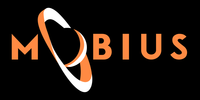
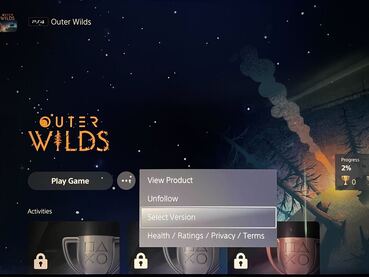
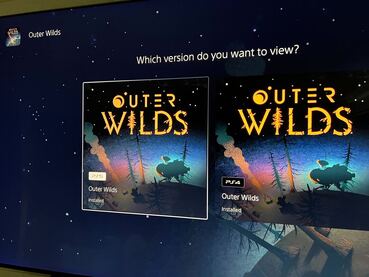
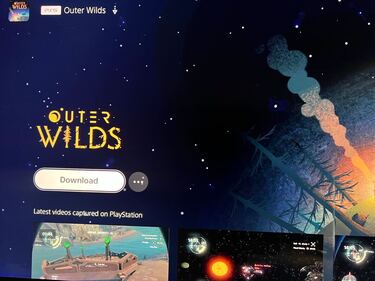
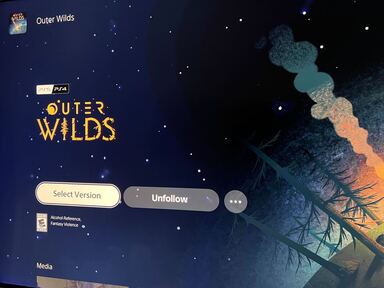
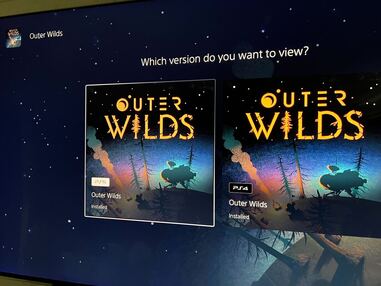
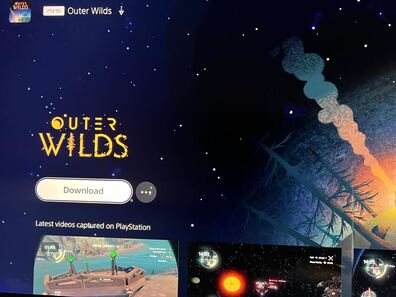
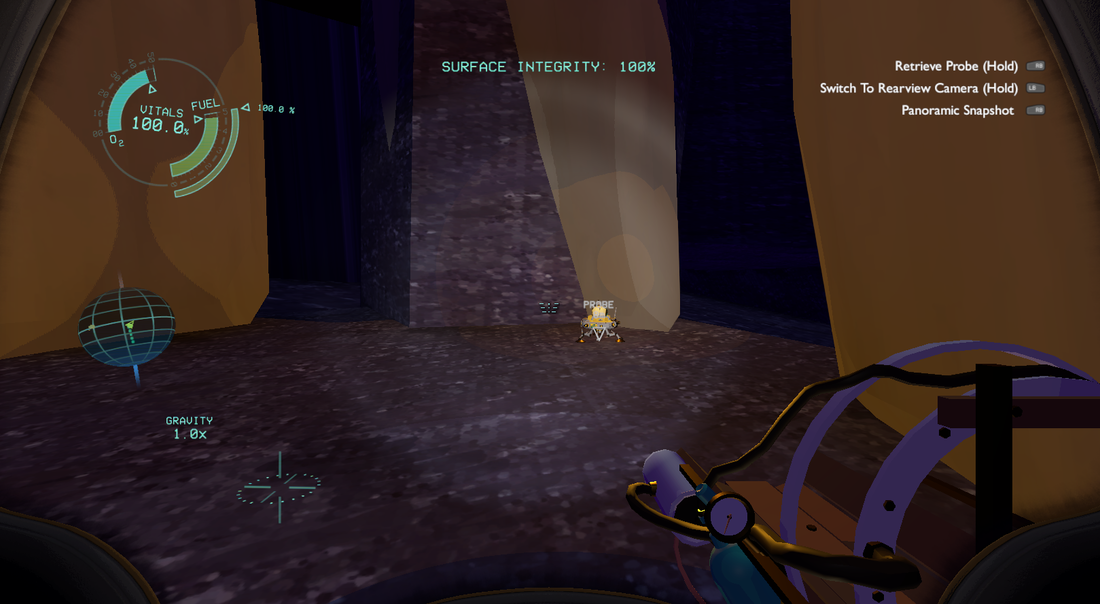
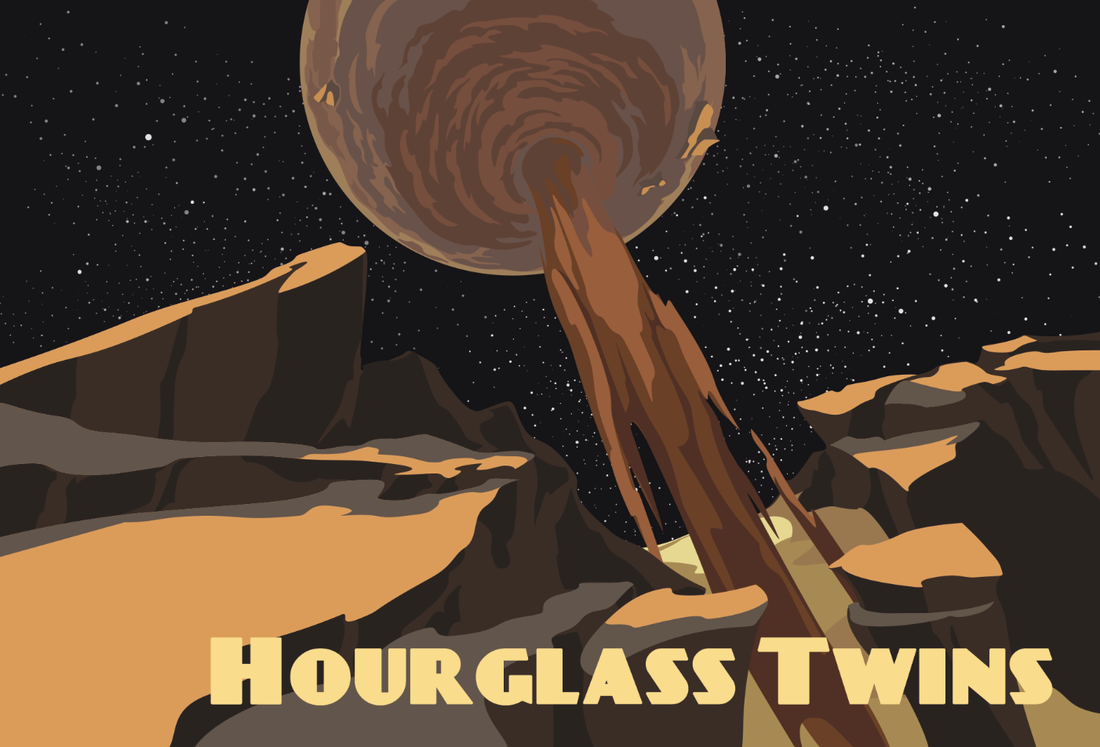
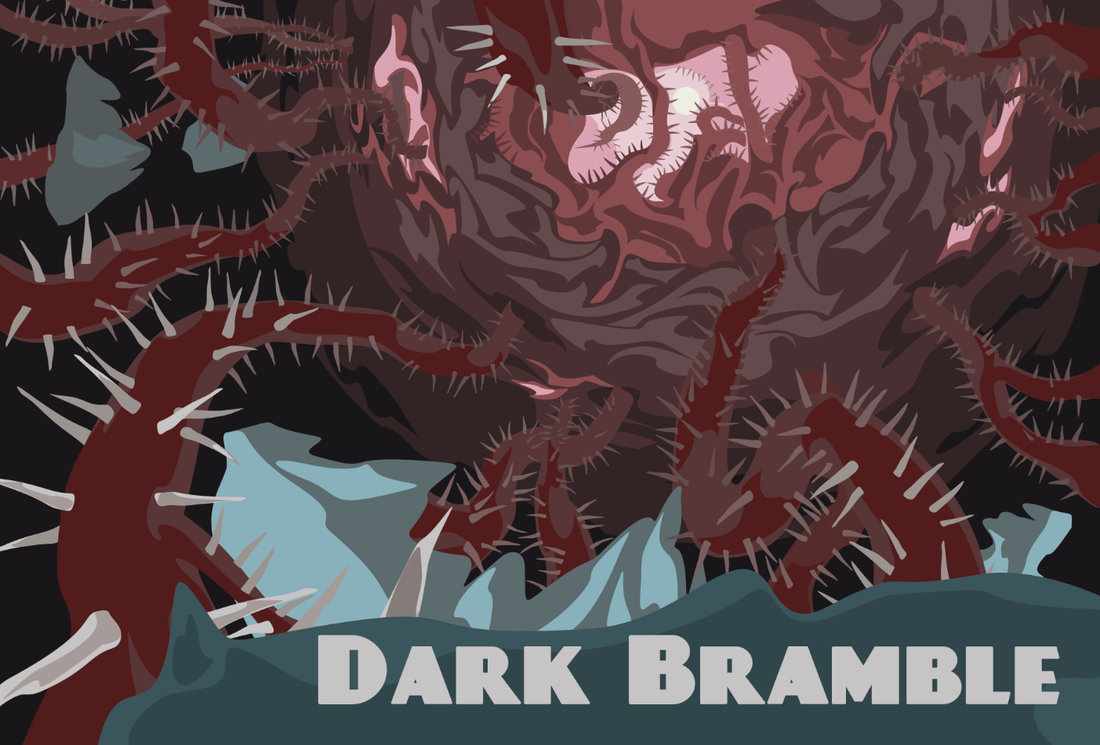
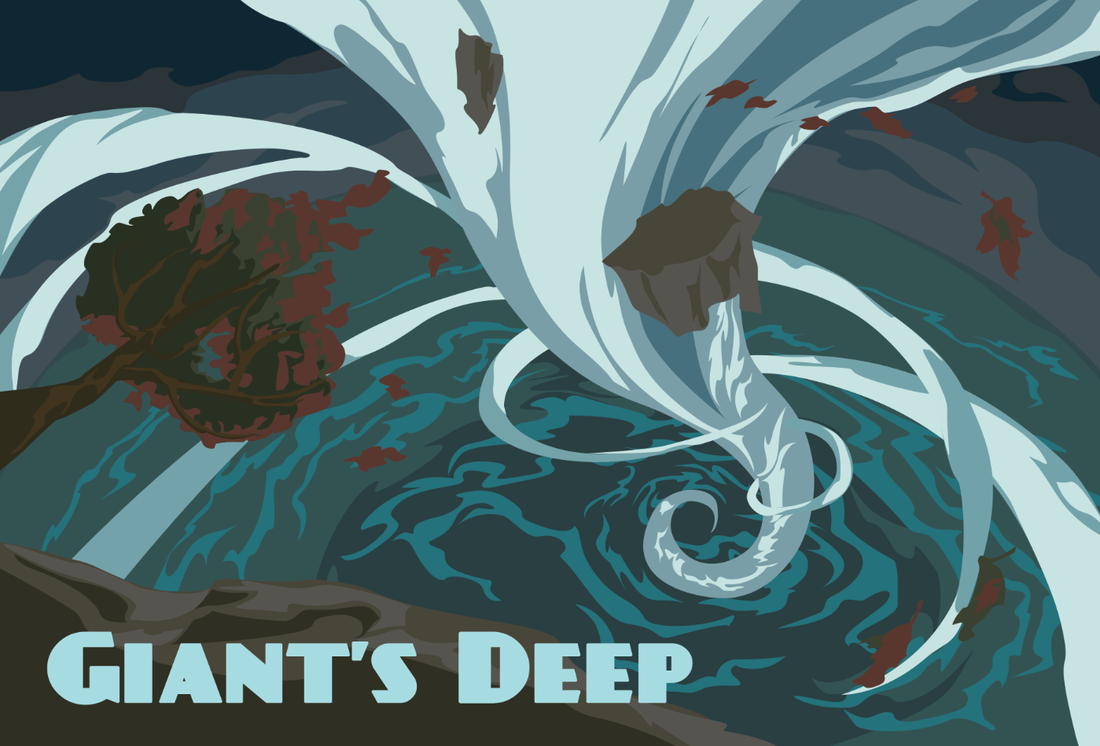
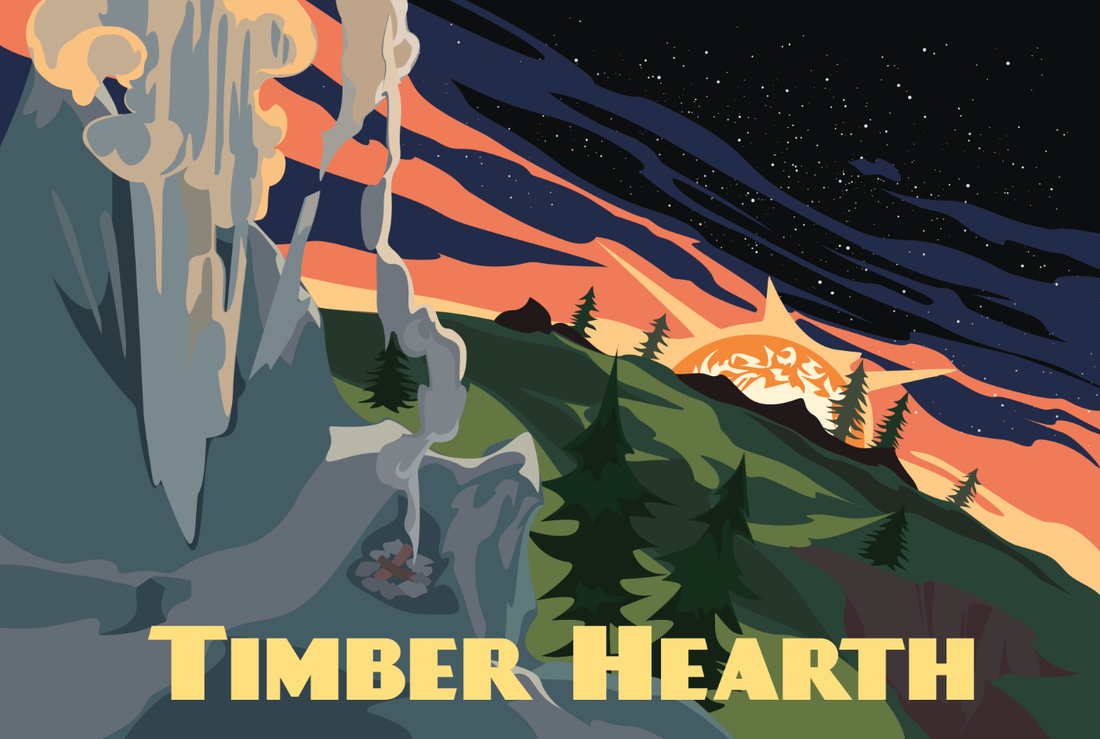
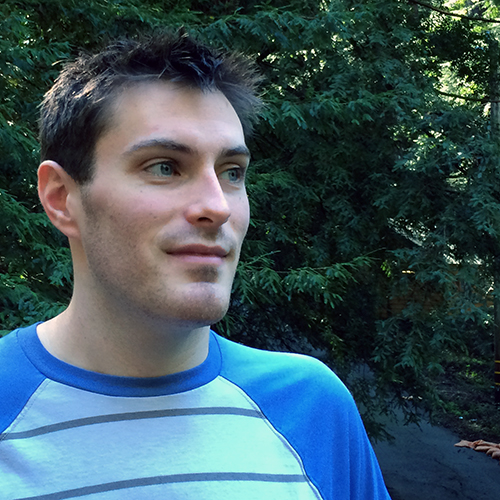


 RSS Feed
RSS Feed